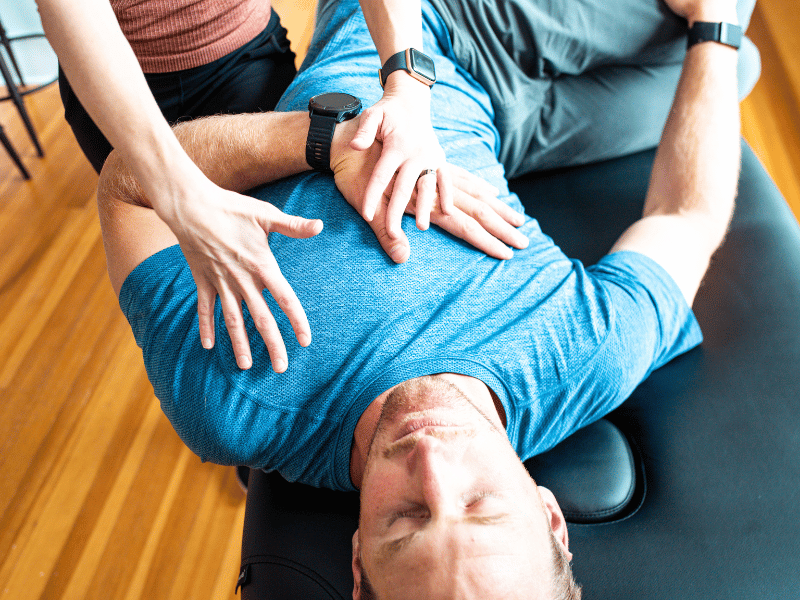Using Dry Needling to (Finally) Relax Your Muscles
Have you ever experienced muscle tightness that just won’t seem to go away, no matter how much you stretch or massage it? If so, you’re not alone. Many individuals struggle with stubborn muscle contractions that hinder their overall mobility and quality of life. Fortunately, there’s a treatment modality that has been revolutionizing physical therapy practices and providing real relief to patients: dry needling.
What is Dry Needling?
Dry needling is a technique in which a thin needle is inserted into a trigger point, a tender spot in a chronically contracted muscle. These trigger points form when muscles become stuck in a shortened position due to overuse. Additionally, neurochemicals responsible for muscle contraction and relaxation can become trapped between communicating nerves, further exacerbating muscle tightness.
How Does Dry Needling Work?
So, how does dry needling work its magic? When a dry needle is inserted into a trigger point, it releases the trapped neurochemicals, allowing the muscle to relax. The patient typically experiences a twitching sensation in the muscle, which varies from person to person. While some may find it uncomfortable, the noticeable improvement in mobility that follows is well worth it.

What Happens After a Dry Needling Session?
Following a dry needling session, patients may experience soreness for up to five days. This soreness is similar to the sensation felt after an intense workout. To alleviate discomfort, it is recommended to apply heat, stay hydrated, consume nutritious foods, and most importantly, keep moving. In fact, mobility exercises are often incorporated into the treatment plan to further enhance the range of motion gained from the session.
Aside from pain relief, dry needling also plays a crucial role in improving muscle coordination and activation. For example, it can aid in rehabilitating quad contractions after knee surgery or enhancing core stability post-partum. Runners, in particular, have found dry needling to be incredibly beneficial in optimizing pelvic stability.
How Much Dry Needling Do I Need?
While the number of dry needling sessions required may vary from individual to individual, significant improvements can often be observed after just three to four sessions. At MovementX, our physical therapists perform a comprehensive full-body movement examination to tailor the treatment specifically to your body’s needs and personal goals.

Who Should Try Dry Needling?
Who is an ideal candidate for dry needling? If you experience acute or chronic pain that temporarily subsides with massage or soft tissue work but returns shortly after, dry needling may be the answer you’ve been searching for. Additionally, individuals who maintain static postures for long periods or engage in repetitive activities that trigger their symptoms often see remarkable results from this treatment.
To maximize the benefits of dry needling, it is essential to diligently follow the exercise regimen prescribed by your physical therapist. This not only minimizes post-session soreness but also maximizes your range of motion and mobility gains.
The best part? Dry needling is included in your regular physical therapy session at no additional cost. You can reap the benefits of this transformative treatment without any extra financial burden.
How Do I Get Started?
Don’t want to let stubborn muscle tightness hold you back any longer? Discover the power of dry needling and unlock a world of pain-free movement and enhanced well-being. Schedule a session with a MovementX physical therapist today and experience the difference for yourself.








